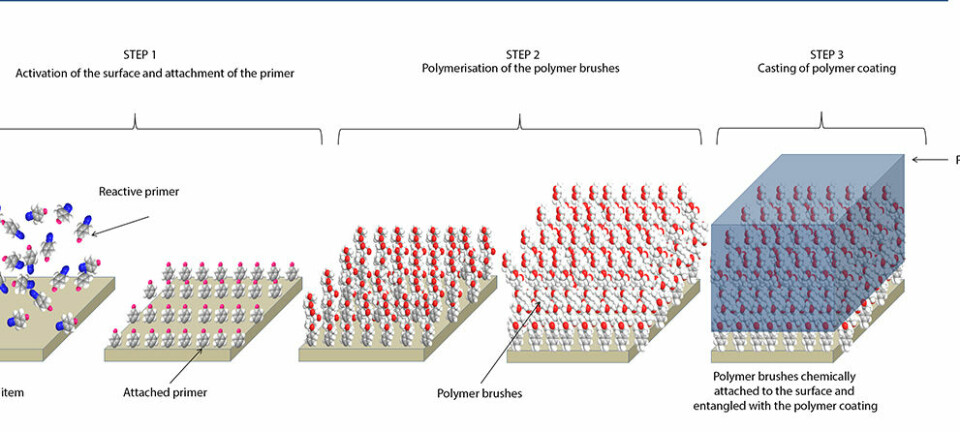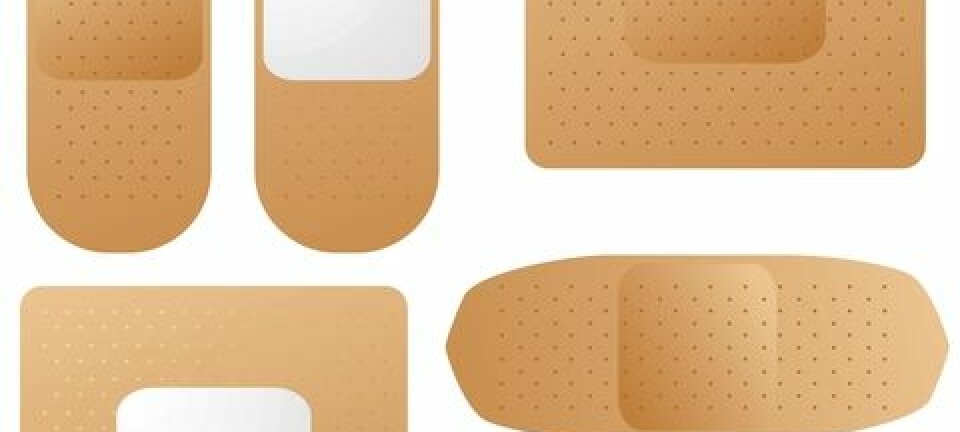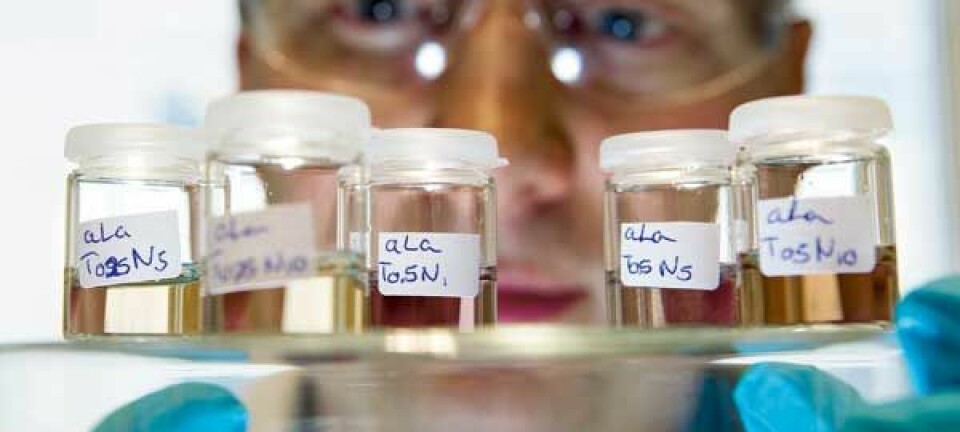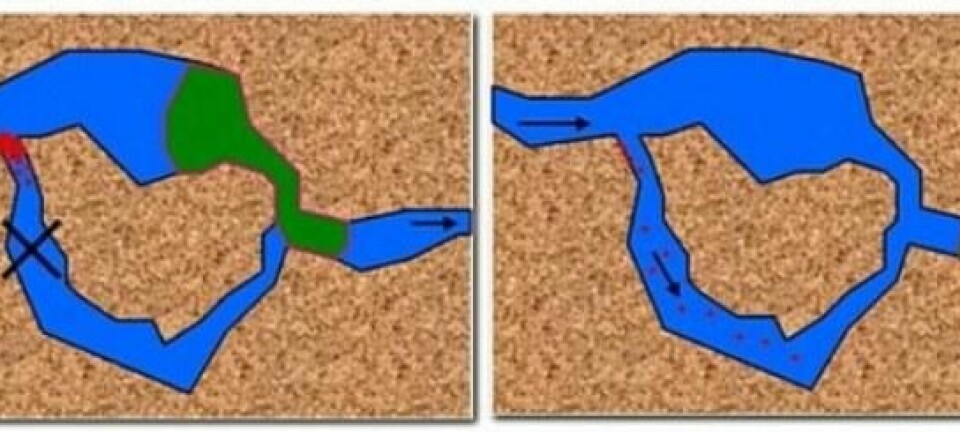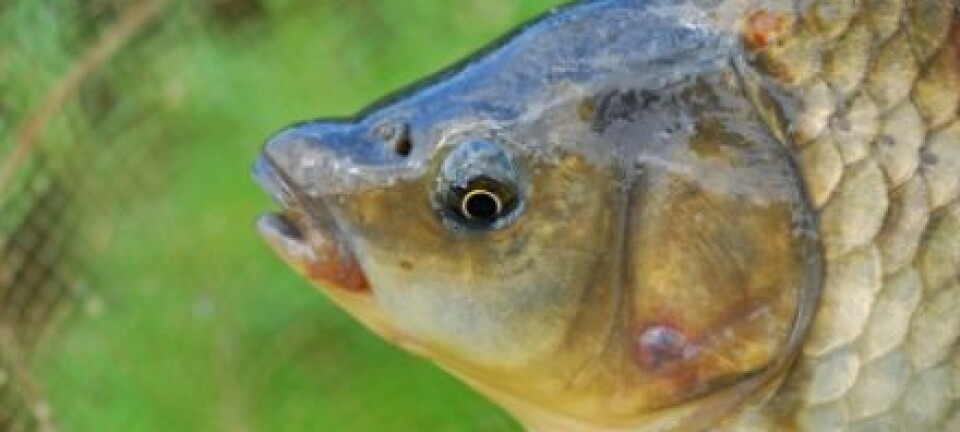
Do nanoparticles in liquorice damage your heart?
Liquorice and other sweets with black or white colourants contain nanoparticles that have not yet been cleared as risk-free. Scientists are now using laser technology to check if the particles damage the blood circulation and thus also the heart.
Your sweet tooth may well love liquorice, marshmallows and other coloured sweets. Your heart, however, may not enjoy it quite as much.
These sweets often contain microscopic nanoparticles that may damage your internal organs, including your heart.
”We know that the nanoparticles are harmful when we inhale them. It is therefore likely that they’re also harmful when we absorb them through food,” says Steffen Loft, a professor of environmental health at Copenhagen University’s Department of Public Health.
He and his colleagues have just started a new study of how these nanoparticles affect our body.
Nanoparticles fool our cells
We know that the nanoparticles are harmful when we inhale them. It is therefore likely that they’re also harmful when we absorb them through food.
”Nanoparticles are the size of viruses and bacteria. They’re so tiny that they can trick our blood cells into thinking that there is a virus or an infection in the body that they can attack,” he says.
“They even have a chemical surface that can damage the blood cells. We suspect that the particles can put the body into a constant state of alert, and that they can cause cardiovascular disease.”
The particles in question occur in the black colourant known as carbon black (E153), which is used in e.g. liquorice, and in the white colourant titanium dioxide (E171), which is added to sweets with white surfaces and is also used in e.g. low-fat dressings that would otherwise be transparent.
Recent animal trials have shown with some certainty that the particles in carbon black can damage the heart.
Dyed cells provide clues
The researchers will be using a special laser-based, biophysical technique to examine how individual groups of white blood cells respond when there are various types of nanoparticles in the body.
Nanoparticles are the size of viruses and bacteria. They’re so tiny that they can trick our blood cells into thinking that there is a virus or an infection in the body that they can attack. They even have a chemical surface that can damage the blood cells. We suspect that the particles can put the body into a constant state of alert, and that they can cause cardiovascular disease.
”We take a large number of different types of blood cells that bind different dyes depending on what properties they have. We then send the cells through a very thin tube past several lasers. These lasers cause the cell groups to give different colour signals depending on how they respond to different types of nanoparticles,” explains the professor.
The technology is known as flow cytometry. It has been used by scientists for many years to count and examine microscopic particles such as cells and chromosomes to sort them into groups according to their properties.
A flow cytometer allows researchers to analyse the physical and chemical properties of thousands of cells per second. The method is used e.g. to diagnose blood cancer.
This is the first time the method is used for studying how nanoparticles affect blood circulation and the heart.
White blood cells get stuck
We take a large number of different types of blood cells that bind different dyes depending on what properties they have. We then send the cells through a very thin tube past several lasers. These lasers cause the cell groups to give different colour signals depending on how they respond to different types of nanoparticles.
Loft and his colleagues know a great deal about what happens when we inhale air with harmful particles from tobacco, traffic or from asbestos. The particles bind to the outside of our lungs.
If there are many of these particles, the tiniest of them can travel from the lungs into the bloodstream where they produce insoluble compounds known as free oxygen radicals, which destroy blood cells and can cause cancer.
“They produce a kind of inflammation of the lungs that spreads into the bloodstream. This condition mainly affects the group of white blood cells that get stuck in the blood vessel walls when there’s something wrong with the body. These cells protect the body by killing bacteria before they cause trouble,” says the researcher.
White blood cells turn into foam cells
White blood cells get stuck when we inhale too many of the harmful types of particles, and maybe also when we consume nanoparticles through our food.
Animal studies, laboratory tests and blood tests have given the researchers an indication of what happens next:
Inside the blood vessel, the white blood cells start to eat cholesterol particles because that’s what they normally do to protect the body against bacteria. But if they eat too many and if the person’s cholesterol levels are too high, the cells become filled with fat. Steffen Loft refers to these cells as ‘foam cells’. Foam cells increase the risk of developing atherosclerosis, cardiovascular diseases and thrombosis.
When the fat in the foam cells is deposited in the heart vessels, it becomes difficult for the arteries to expand when the heart needs blood. This leaves the heart short of blood and can cause cardiospasms when blood is pumped out to the muscles.
E-numbers only tested on animals
Although the researchers know a lot about what happens when we inhale nanoparticles, there is still a lot of uncertainty. For instance, they cannot say for sure whether the human heart can be damaged by the relatively low amount of nanoparticles found in foods such as liquorice, white candy and some dressings.
”There are some aspects that we have yet to look at when it comes to nanoparticles in certain E-numbers in foods. We’re currently only testing E-numbers on animals, not on humans, so we cannot see everything in our tests – least of all when it comes to nanoparticles,” says Loft.
The problem is that the conventional methods used for determining whether E-numbers are harmful can only capture chemical substances that are dissolved in the body and then spread throughout the body. However, due to the chemical structure of nanoparticles, they cannot be dissolved. They continue to be particles, which is why the existing test methods are inadequate at showing how the particles affect the body.
Animals don’t get cardiovascular disease
”Another problem is that animal tests are not ideal when testing for cardiovascular disease, because animals don’t get atherosclerosis unless they’re force-fed with specific types of fat or their genes are manipulated in a way that makes their fat similar to human fat,” says Loft.
To overcome this hurdle, the research team has started examining what happens to the human blood circulation when we ingest nanoparticles through food and sweets.
----------------------
Read the Danish version of this article at videnskab.dk

